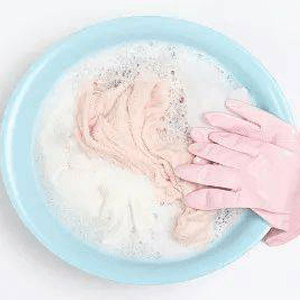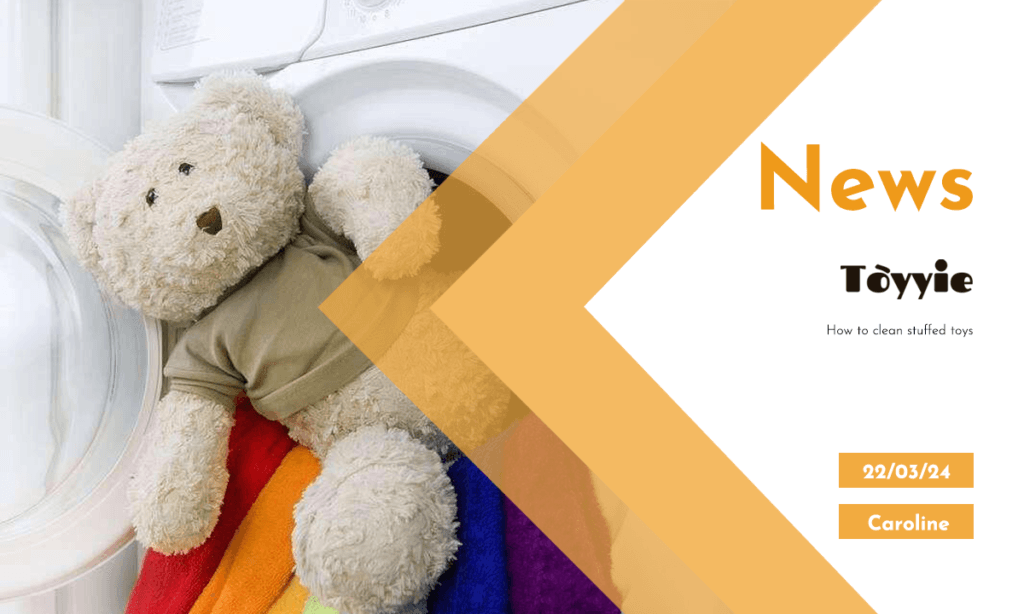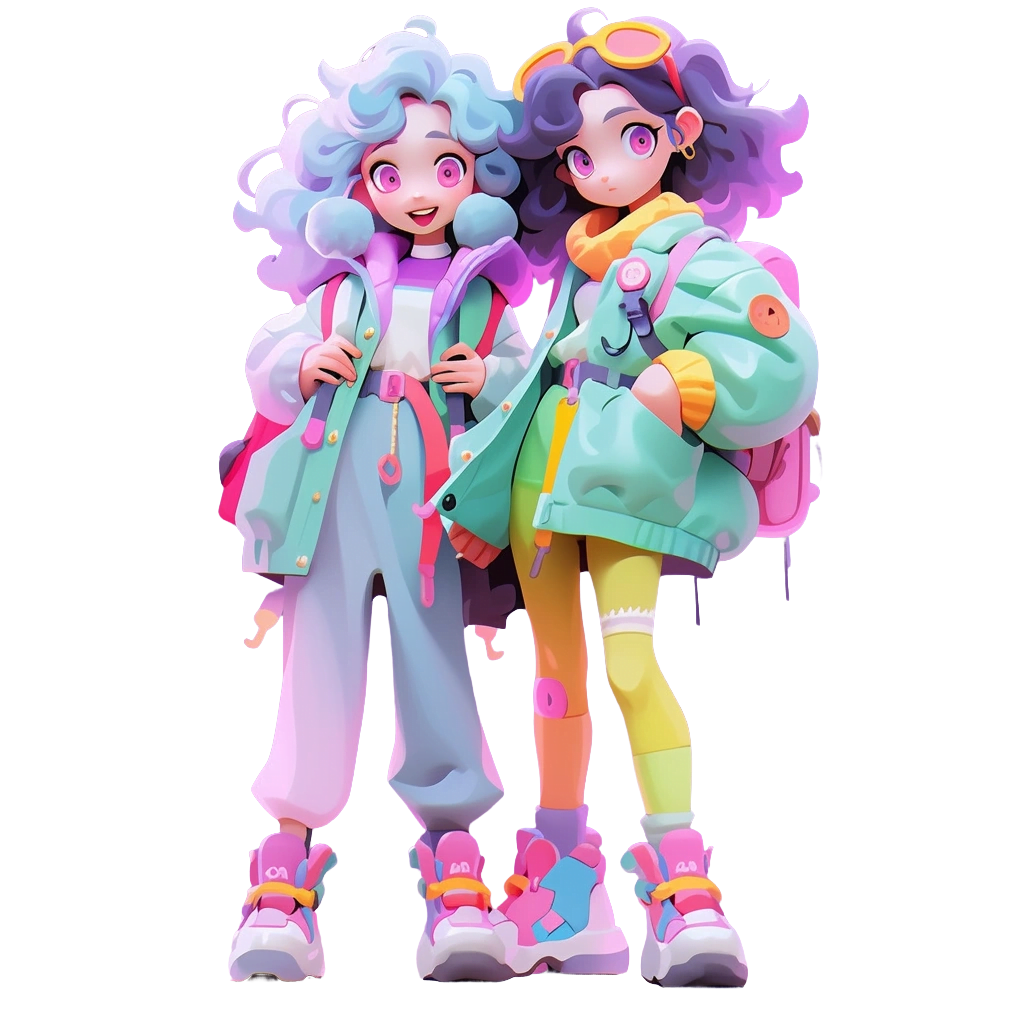Step One: Check the Washing Instructions
Before starting to clean stuffed toys, be sure to carefully read the washing instructions. Most stuffed toys come with washing labels that provide cleaning guidance and recommendations. Based on the instructions on the label, determine the cleaning method for the stuffed toy and the applicable temperature range. Some toys may only be suitable for hand washing, while others may be suitable for machine washing. The washing instructions typically indicate what type of detergent to use (such as a gentle detergent), whether a specific washing program (such as delicate or gentle) is required, and whether machine washing or hand washing is recommended.
Step Two: Washing
Research and identify a trusted custom stuffed animal manufacturer or company specializing in creating personalized stuffed animals based on pet photos. Check customer recommendations, reviews, and previous work examples to ensure quality craftsmanship, attention to detail, and customer satisfaction. Consider factors such as the materials used, production process, customization options, and pricing to find the perfect match for your needs.


Hand Washing
For soft-textured toys with plenty of filling or decorations, it’s best to opt for hand washing. Pay attention to the water temperature, and we recommend using lukewarm or cool water. Lukewarm water typically ranges from 30°C to 40°C, effectively cleaning the surface of stuffed toys without damaging their texture or color. Avoid using hot water, as it may cause the toy’s filling to deform or rupture, and may also cause dyed parts to fade. Cool water is also a safe choice, especially for toys made of more sensitive materials. In general, lukewarm or cool water is ideal for cleaning stuffed toys, ensuring thorough cleaning without causing damage. Next, gently wipe the surface of the toy with a mixture of warm water and mild soap or detergent. For stubborn stains, a soft brush can be used for gentle scrubbing. Finally, rinse the toy thoroughly with clean water to ensure that all soap and detergent residues are removed, pat the surface of the toy dry with a dry towel, and allow it to air dry.


Machine Washing
For larger stuffed toys or those that can be safely machine washed, machine washing is an option. Before placing the stuffed toy in the washing machine, be sure to place it in a laundry bag to prevent the filling from shifting or decorations from being damaged. When machine washing stuffed toys, it’s advisable to select a gentle washing mode, such as “delicate” or “wool.” These modes typically use lower water temperatures and gentler washing actions to avoid damaging or deforming the stuffed toy. At the same time, choose a low or medium spin speed to minimize compression and damage to the toy’s filling. As for detergent, it’s best to choose a mild baby detergent or specialized wool detergent. These detergents are usually gentler, won’t damage the toy’s material or color, and can effectively remove stains and odors. Avoid using detergents containing bleach, fluorescent agents, or strong alkaline ingredients to prevent damage to the stuffed toy or allergic reactions.


Step Three: Daily Cleaning
In addition to regular deep cleaning, daily cleaning should also be performed to maintain the cleanliness and hygiene of stuffed toys. You can use a vacuum cleaner to gently remove dust and debris from the surface of the toy. Additionally, you can wipe the surface of the toy with a damp cloth or disinfectant wipes to remove dirt and bacteria.
Step Four: Daily Cleaning
In addition to regular deep cleaning, daily cleaning should also be performed to maintain the cleanliness and hygiene of stuffed toys. You can use a vacuum cleaner to gently remove dust and debris from the surface of the toy. Additionally, you can wipe the surface of the toy with a damp cloth or disinfectant wipes to remove dirt and bacteria.
A Friendly Reminder
By following these simple cleaning steps, you can easily give stuffed toys a fresh new cleaning experience. Regularly cleaning stuffed toys not only helps maintain their appearance and texture but also maintains the cleanliness and hygiene of the home environment. These cleaning steps are simple and easy to perform, allowing you to provide your child with a clean and safe sleep companion without compromising the texture and softness of the toy.





